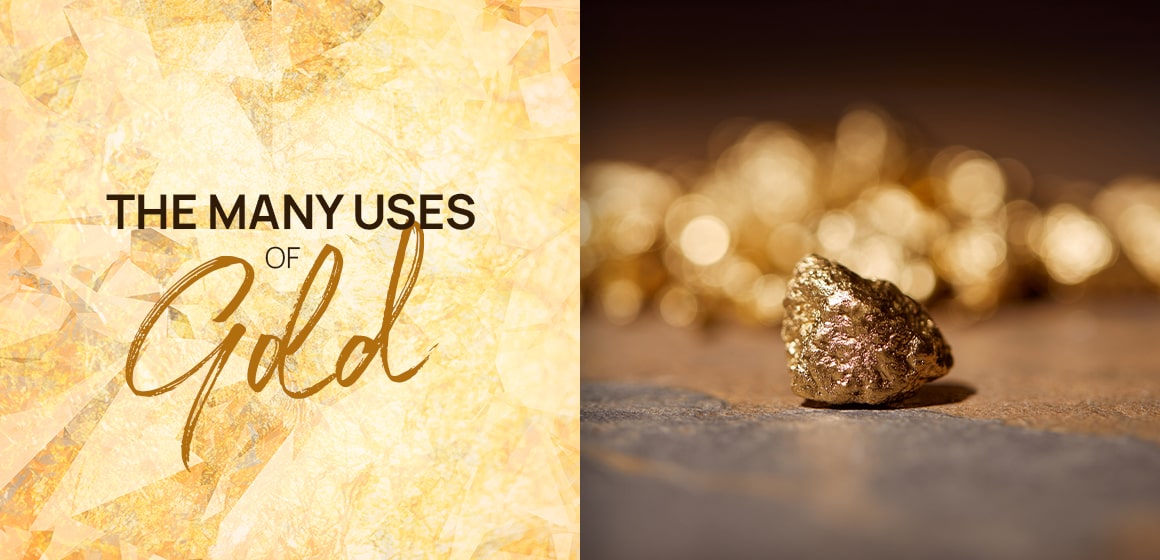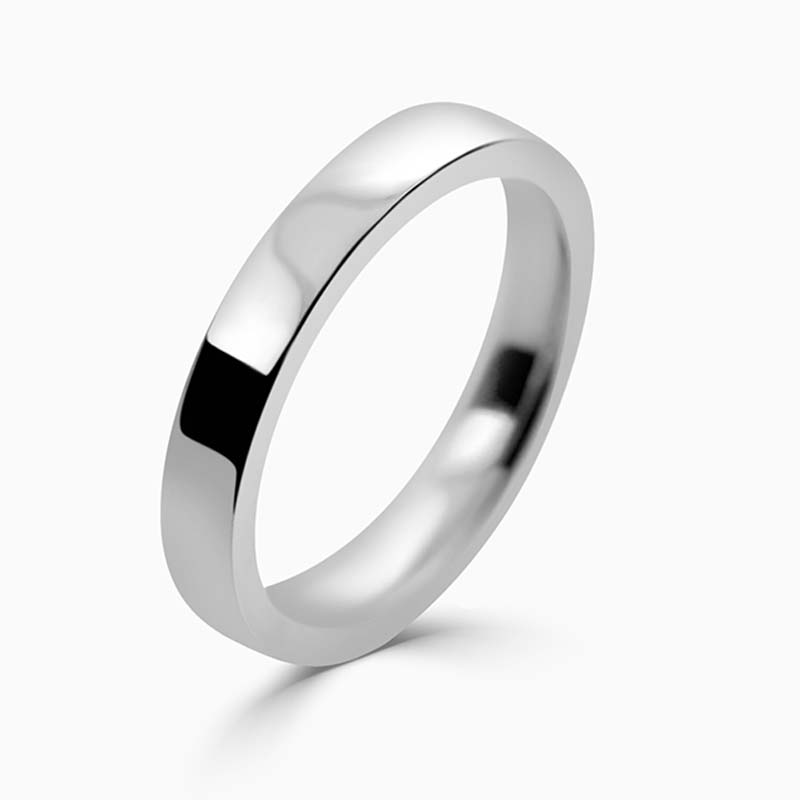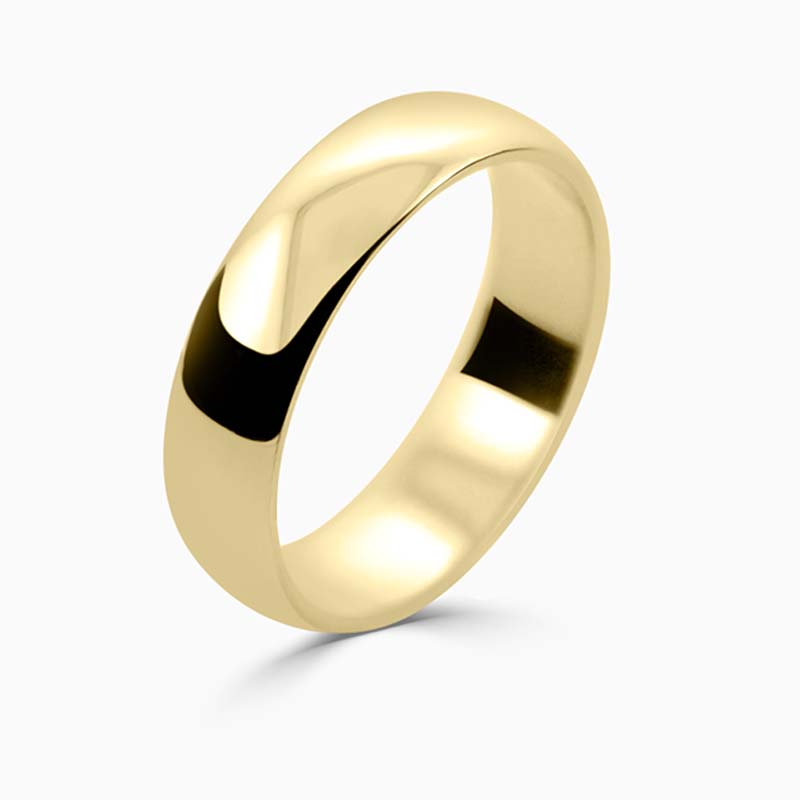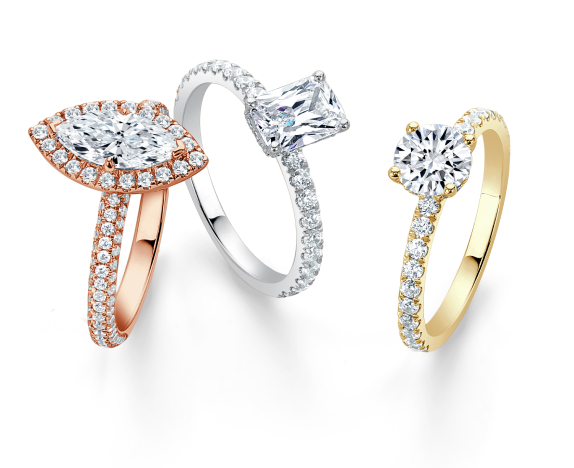Gold is a rare and beautiful metal that originates from the stars and is used in many different industries.
Whether it’s in jewellery, dentistry, construction, or finance, the metal has been used for centuries and will continue to be used into the future.
Fine jewellery experts at Steven Stone put together a guide on everything there is to know about gold – from its physical properties, to its many uses.
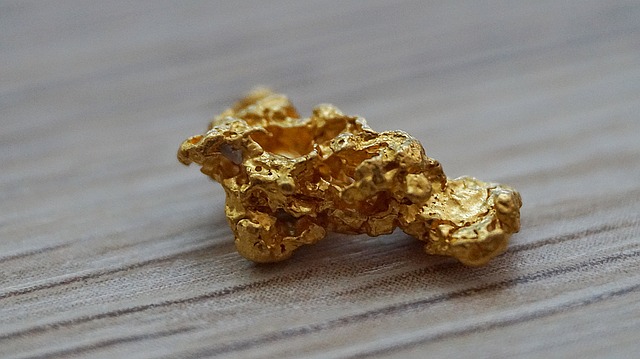
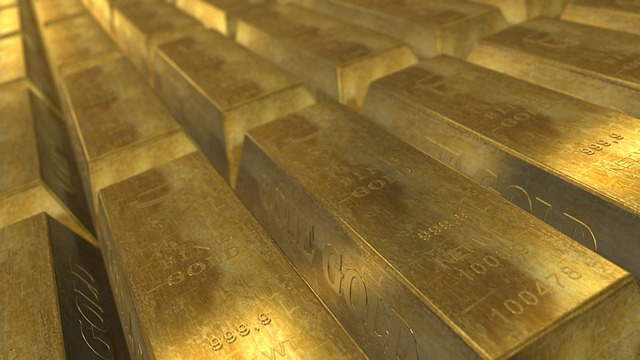
Physical properties of gold
The many uses of gold have to do with its unique physical properties:
– Gold is exceptionally malleable, meaning it can be melted down easily and reformed into different shapes
– Gold conducts electricity, meaning that it works well as a material for use as components in electronics
– Its non-toxic qualities mean that it is biocompatible with humans, so it is often used in medicine and dentistry, as well as in jewellery
– As it isn’t affected by oxidisation or rust, gold will always stay untarnished, shiny, and relatively clean
However, gold that is used in jewellery is often alloyed with other materials, such as copper and platinum, meaning the specific properties of gold that’s used in jewellery can vary from piece to piece.
What is gold used for?
Dentistry
Gold has been used in dentistry since the Etruscan times in the seventh century. In 1530, the first printed book on dentistry recommended gold leaf for filling cavities. Its biocompatibility and malleability make it perfect for dentistry work even in the modern day. Today, gold is still used for fillings, crowns, bridges and orthodontic appliances.
Electronics
Although there’s only a small amount of gold in electronic devices, such as phones, calculators and computers, this is one of the material’s most important uses in the 21st century. In order to prevent corrosion or tarnishing that might interrupt the low voltages, gold is used in connecting wires and soldered joints. One challenge of the use of gold in electronic devices is that gold comes from a non-renewable source, and the demand for electric devices such as smartphones is growing year by year.
Jewellery
Gold jewellery is culturally prominent in almost every civilisation and has been used for thousands of years. Gold nuggets can be found in streams in various parts of the world and were probably some of the first metals to be used by humans. Gold is perfect for jewellery-making due to its beautiful colouring, resistance to tarnishing, and malleability. Due to tradition, gold jewellery is associated with wedding rings – although it is usually alloyed with copper, silver or platinum to increase its durability.
Architecture
It’s not uncommon to see important buildings finished with gold accents, often made of gold leaf. The malleability of gold allows it to be made into sheets as thin as 0.18 microns (seven millionths of an inch). Gold leaf is used on buildings like museums, libraries, temples and banks – showing the importance of the building and reflecting sunlight majestically. Gold leaf can also be applied to picture frames, moulding or furniture, and is often seen in antique furniture.
Finance
Gold is in limited supply, which is one of the reasons it has been so highly valued for so long (there is evidence of it first being used in transactions over 6000 years ago). In many countries over the world, a ‘gold standard’ was traditionally used for currency, meaning that for every bit of money in circulation, there was an equal value of gold held in a bank and it was possible to exchange paper money for gold bullion through the government. Gold coins are no longer in use for financial transactions, however it is not unusual for people to buy gold coins for investment or commemoration.
Medicine
The nonreactivity of gold makes it perfect for use in medicine. It is non-toxic to all humans, so gold compounds such as sodium autothiomalate or aurothioglucose are used in medicine to treat swelling, joint pain and stiffness associated with arthritis. To treat lagophthalmos, an inability for a person to close their eyes, small amounts of gold are implanted in the eyelid, helping to weigh it down. Radioactive gold is also used to help diagnose patients as it can be tracked as a beta emitter as it passes through the body.
If you’re looking for some jewellery inspiration, why not take a look at our full collection? Whether you’re after a necklace or some diamond earrings, we’ve got you covered. We also have a vast range of engagement and wedding rings.
If you don’t see anything that takes your fancy, we also offer a bespoke service, where our designers will create a unique piece of jewellery that ticks all the boxes.
Follow us on our socials
Pop over to our social platforms to keep up to date with Steven Stone’s latest jewellery content and news.
